Demon Gaze is back and this time it sings a song of revolution.
The PlayStation Vita is well-known as the platform of choice for dungeon crawler aficionados and if there is one entity responsible for that, then no doubt it’s Experience Inc.
Initially known as a PC-exclusive developer, Experience made its presence known on the Vita with the surprise success of Demon Gaze in 2013. Since then, it has gone on to produce a variety of titles such as Stranger of Sword City and Operation Babel: New Tokyo Legacy.
However, while every title it produced was entertaining, there was no shaking the feeling that they borrowed too heavily from Demon Gaze despite being new IPs. Everything just started to feel the same mechanically and it looked like Experience was just relying on past success to move forward — something that it seems to be aware of.
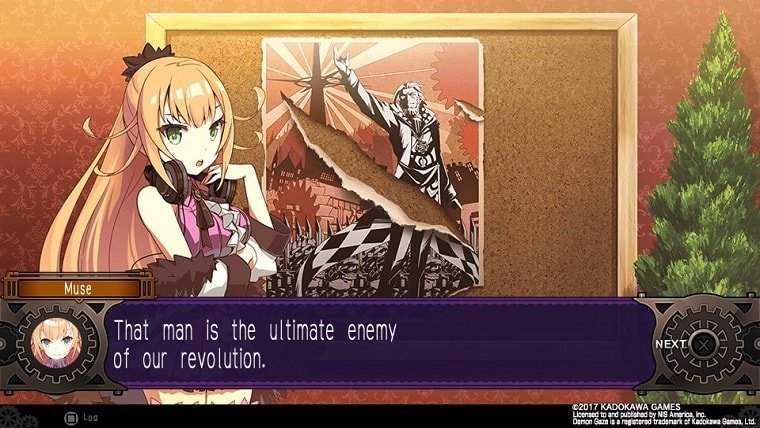
Now, with the release of Demon Gaze II, Experience can show that its experience (sorry) over the past few years weren’t for naught and can recreate the magic that spurred its meteoric rise.
Demon Gaze II takes place several years after the original, and while some characters from the first entry return, the story of the game is largely separate.
The story begins with the player trapped in a cell after being captured on a mission. After a sequence of events, you learn that you are part of a rebel group tasked with freeing Asteria City from the clutches of Sirius Magnastar — a demon gazer who has used his powers to brainwash nearly all of the city’s inhabitants. Fortunately, you were also made a demon gazer during your time in captivity, so it falls on you to stop Magnastar’s ambitions.
If there is one thing that Demon Gazer II has going for it is it’s streamlined design. Everything is clear cut and simple, and this fact is made immediately clear with the game’s story. We don’t have to wait to get clued in on what’s going on. Players are immediately told who the enemy is, what he’s doing and what’s needed to stop him — no guesswork required.
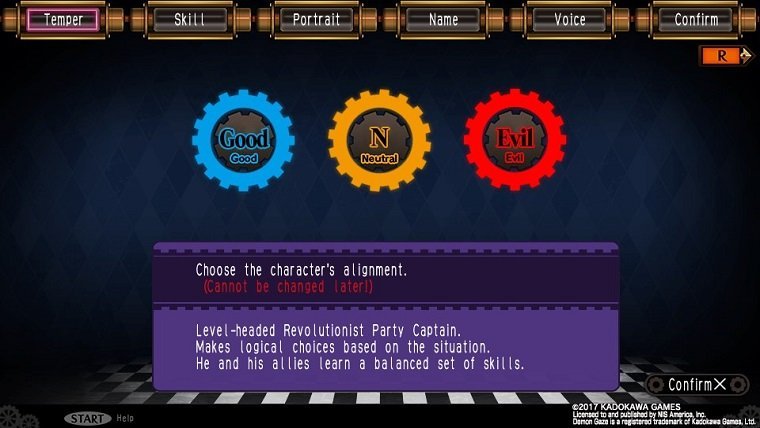
This streamlined design is present in gameplay as well, starting with character creation — or rather, the lack thereof. In previous titles, it wasn’t uncommon for players to stay at the character creation for extended periods agonizing over their characters’ classes and stats. This won’t happen in Demon Gaze II because it’s gone in almost all its entirety.
Instead, the only thing you customize which has any impact on gameplay is your character’s alignment. You can choose between Good, Neutral and Evil which will change the abilities you get as you progress through the game. In general, Lawful provides defensive abilities, Chaotic provides offensive abilities and Neutral provides a mix of the two with an added dash of utility.
However, don’t expect alignment to have any meaningful impact on aspects such as the story’s narrative or events like in, say, Shin Megami Tensei. I picked Neutral for my character’s alignment and chose mostly friendly responses in my dialogue, but never noticed anything suggesting that those choices meant anything.
Seeing that the choices I made not have any legitimate impact on events was disappointing because the game is rife with dialogue, particularly at the rebellion’s base of operations: Stella’s Place.

Stella’s Place is where all the action occurs when you aren’t out in the field; and while it looks like any ordinary inn on the surface, everything needed to fuel a proper rebellion is hidden in the basement. There are facilities such as an item/weapon shop, an enchanter, and even a broadcast studio where the Manager, Muse, and her sister, Prim, spread their anti-Magnastar propaganda via radio.
And while everyone else does their work at the inn, your job is to battle against Magnastar’s forces directly. To accomplish this, you need to head to one of the areas (known as Restricted Zones) that are under his control and defeat the demon in charge there.
If you’ve played the original, then Demon Gaze II’s structure in regards to exploration will feel very familiar; and this time around, there is an improved Auto-Move command which allows for easier travel by bypassing certain enemies, obstacles and traps automatically.
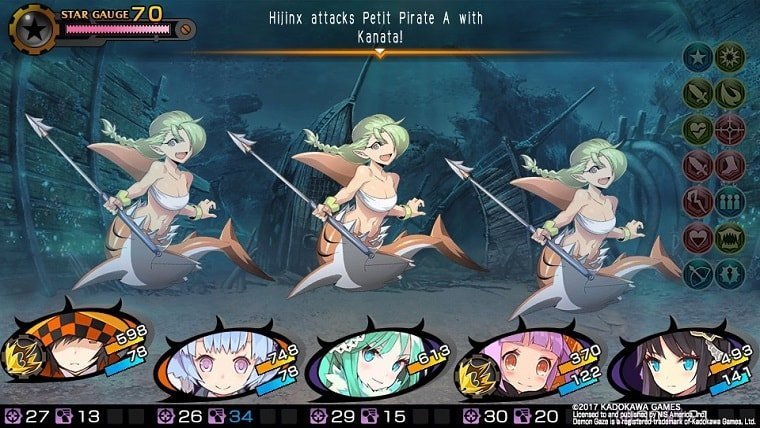
Restricted Zones comes in all shapes and sizes, ranging from a mausoleum to a boat graveyard, all with unique aesthetics and the occasional stipulation attached, like the inability to use magic. Furthermore, each of these dungeons are quite large and you’ll often be led to believe that you’ve fully explored a zone, only to find that you need to unlock and navigate an even larger part of it later in the story.
Your objective in each of these zones is to activate Demon Circles which is accomplished by placing up to three gems (four with the help of certain party members) inside. Doing this summons a random assortment of enemies and is the prime way to earn new equipment (though you’ll soon find that many dungeons possess the same loot tables).
Compared to recent dungeon RPGs like Mary Skelter: Nightmares, battles are simple and don’t have many mechanics to master, instead placing more emphasis on strategy. Per usual, enemies come in multiple rows, and as the game progresses they will be able to switch rows and even call reinforcements. As one might expect, this can cause fights to drag on sometimes, which is why Experience was prudent enough to add “Auto” and “Fast” battle options to help speed the battle along and minimize the amount of button presses you make. That said, this is a feature that will occasionally go unused on harder difficulties, as you’ll want to see exactly what prompted one of your party members to suddenly lose 400 HP in one round and immediately make the appropriate countermeasures.
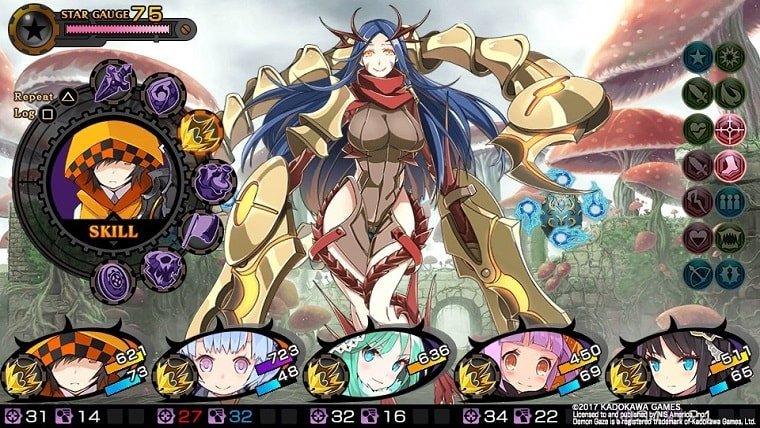
Of course, these circles aren’t just useful for gaining new equipment — they’re mandatory for reaching the boss.
Activating half will prompt the boss to fight you in humanoid form, which will help you assess your party’s current strength. If you’re having trouble with their humanoid form, then fighting them at their full strength will generally be out of the question. However, If you do manage to defeat the boss and activate the remaining circles, then you’ll be able to enter the boss’ realm and fight them in earnest.
Boss battles are easily the most exciting parts of Demon Gaze II, especially if you’re playing on higher difficulties. Doing these fights on the highest difficulty (Incinerated) forced me to carefully determine which abilities I would use on a turn-by-turn basis and the presence of even one extra minion or the boss changing rows would force me to change my strategy considerably. Of course, bosses can provide a decent challenge even on lower difficulties, but nothing gets the blood pumping like watching your healer almost dying in one hit because the tank failed to protect her.
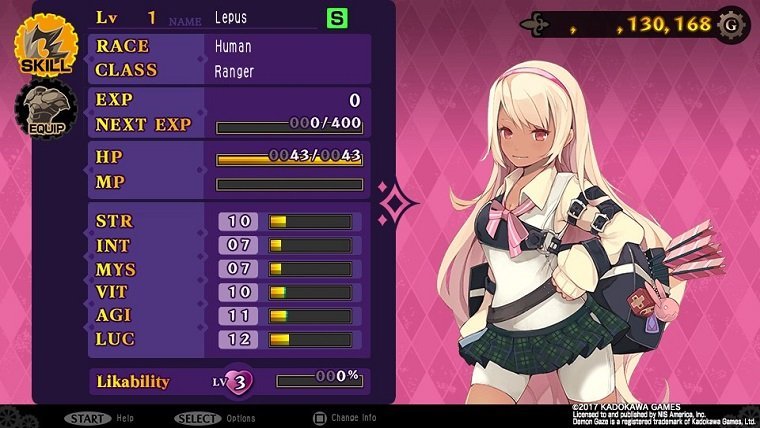
Just like before, defeating a demon means that you can have them aid the demon gazer in battle. However, as opposed to the original where they would attack on their accord, in Demon Gaze II, demons now serve as full-fledged party members.
Unlike the demon gazer, who can be customized to a marginal degree, there are no such options available for your demons — their role is largely dictated by their class and each of their inherent abilities are designed with that in mind. For example, Lepus is a Ranger who can attack with her bow from the back row in battle and reduces the damage you receive from traps during exploration, while Aquarius is a Charmer who possesses a heaping amount of support options during combat and can boost the amount of exp and drops you earn as rewards.
With 16 demons in total, there are a ton of possibilities for how you can build your party. Unfortunately, the game doesn’t always make this a viable option since almost all of them join at level 1. It’s not a big deal at the start of the game since the enemies aren’t hard and new demons can easily catch up, but it’s time consuming to train a demon to catch up to a party whose average level is 25.
Luckily, demons you get early on aren’t necessarily outclassed by those you get later and can easily last you for the entire game. Furthermore, the three demons that do join at higher levels are strong enough to make the effort needed to build them up feel less “grindy.”

Regardless of whether you choose to use a certain demon, it’s worth paying attention to him or her due to their symbiotic relationship with the demon gazer. The alignment you chose at the beginning of the game will change a few skills each demon can learn, while the demons can confer a variety of stat bonuses upon the demon gazer through a process known as Maintenance.
Maintenance can most easily be likened to Moe Chronicle’s rubbing mini-game. However, instead of trying to hit the the target’s weak spots using the proper method, you only need to tap the appropriate point on their body to increase your likability. In theory, you could just press anywhere and be done with it, but you’ll earn the most points by getting a Perfect.
Honestly, I wasn’t a fan of the mini-game (I prefer showering teammates with gifts) and those who share that sentiment will be happy to know there is one viable alternative: having the demon in question stay inside a rented room. By doing this, you can passively increase your likability while exploring a dungeon. Just be aware that this process slows considerably once likability reaches level 3.
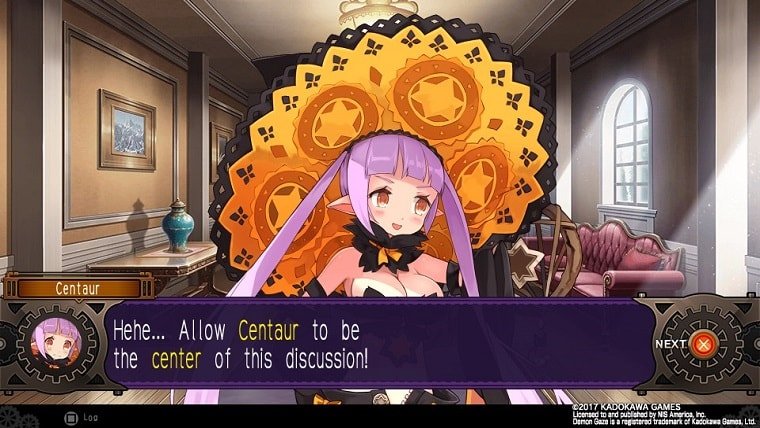
Once your likability reaches a certain point with a specific demon, you’ll be treated to a date event. These range from being silly to serious and some are even sexual in tone, but they all serve the same purpose: helping to add depth to the demons’ personalities; and you’ll quickly find that they’re brimming with it. For example, Pegasus is super-cute and considers you her older brother, while Cygnus is overly serious and takes her role as your secretary to near-ridiculous levels. Among them, my personal favorite was Centaur, a lovable idiot who bombards you with cringe-worthy puns at nearly every opportunity.
Lastly, I have to give a special shout-out to Experience for the game’s soundtrack. Music is an important theme in the story and many characters spend a considerable time talking about the power music has. Though the soundtrack can be repetitive at times, it’s still quite good and I think it was smart of the developer to put effort into placing good music in a game that is largely about music.
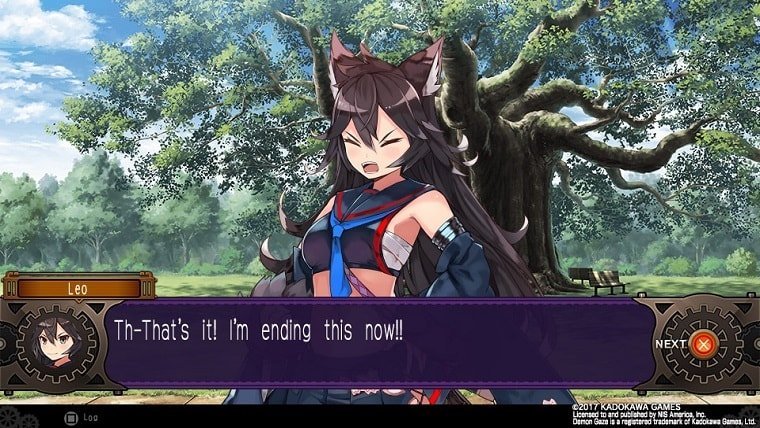
Verdict
Demon Gaze II has convinced me that Experience can move out of its comfort zone and still come out with a hit. Considering its past titles, I expected a game that would heavily borrow from everything that has come before it, but I was wrong. What I got was a streamlined game with an immediately engaging story and a cast of interesting characters that made the 35+ hours required to complete it all the more enjoyable.
While dungeon crawlers typically only appeal to a certain crowd, Demon Gaze II successfully caters to all audiences by offering a low access point for newcomers and a fairly high skill cap for veterans. If you had to pick only one dungeon crawler on a handheld released this year, then you can’t go wrong with Demon Gaze II.


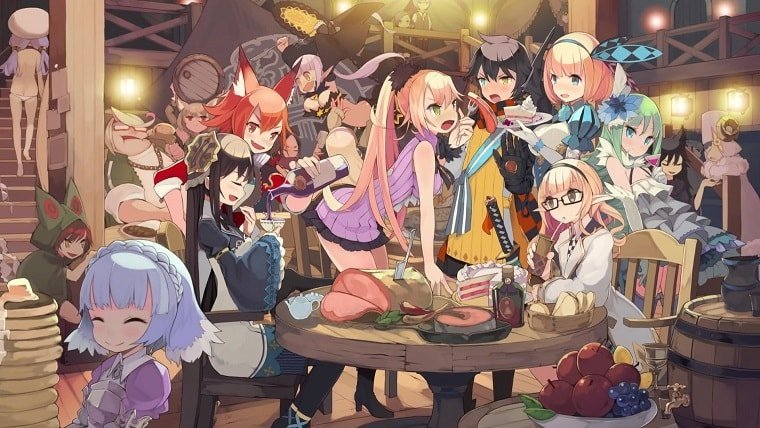








Published: Nov 13, 2017 10:54 am